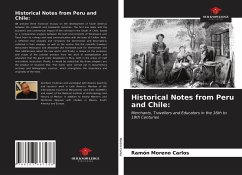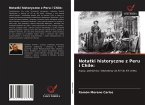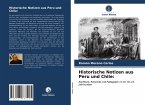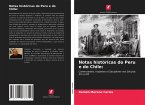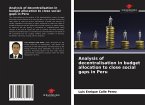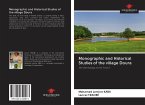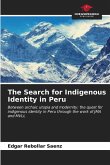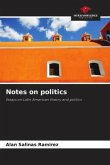We present three historical essays on the development of South America between the sixteenth and nineteenth centuries. The first one deals with the economic and commercial impact of the railroad in the South of Chile, based on a comparative analysis between the built environments of Talcahuano and Tomé from its railway and road communication with the town of Chillán. Next, a reflection that analyzes and compares the testimonies and descriptions collected in their voyages, as well as the visions that the scientific travelers Alessandro Malaspina and Alexander Von Humboldt built for themselves and their addressees about the new world. And finally, a review on the purposes and scope of the colonial process from the work of evangelization and education that the Jesuit order developed in Peru, both in the areas of craft and artistic instruction. Finally, it should be noted that the three chapters are the product of research that, first hand, were carried out in documentary archives and bibliographic sources, which strengthens the importance and originality of the texts.
Hinweis: Dieser Artikel kann nur an eine deutsche Lieferadresse ausgeliefert werden.
Hinweis: Dieser Artikel kann nur an eine deutsche Lieferadresse ausgeliefert werden.

